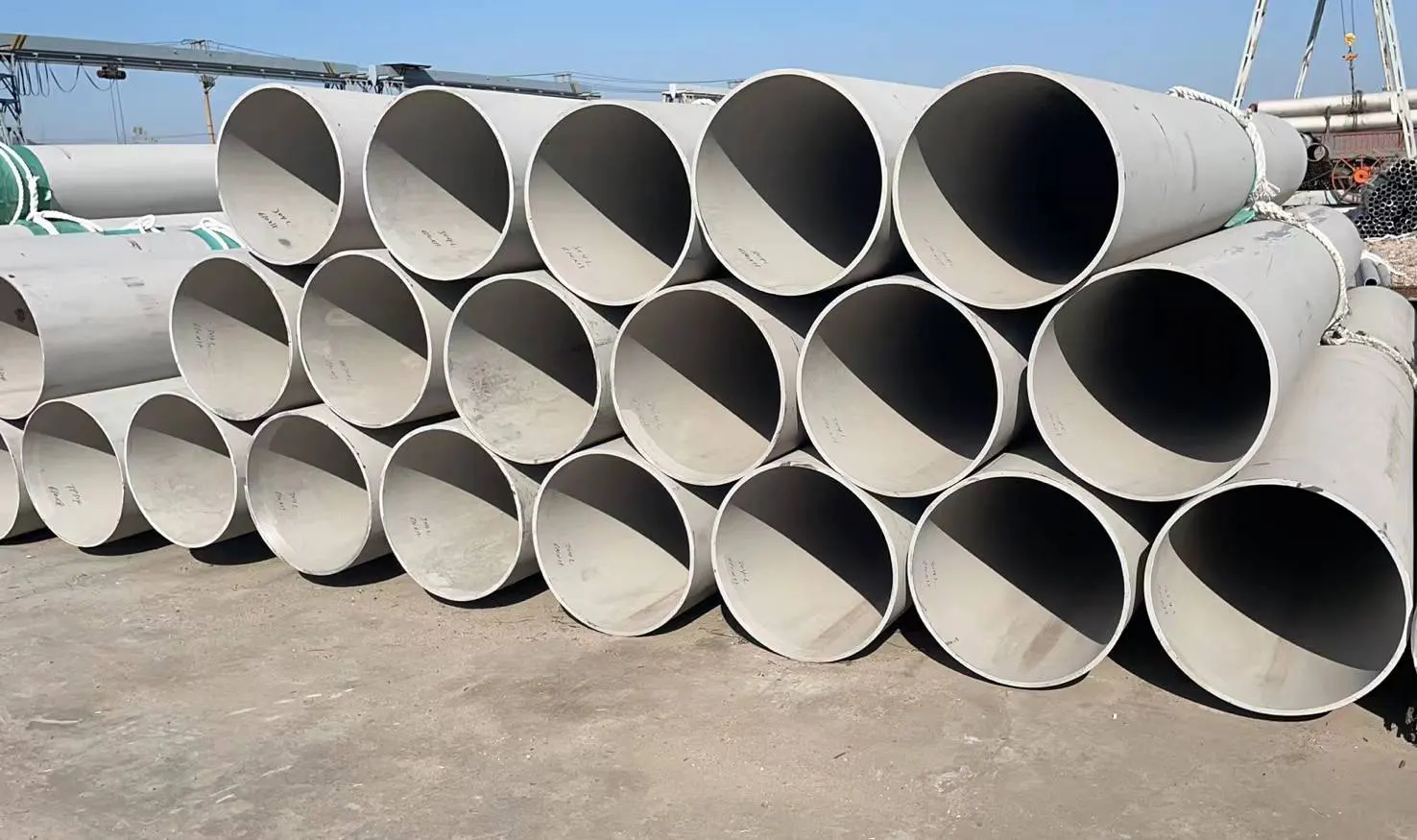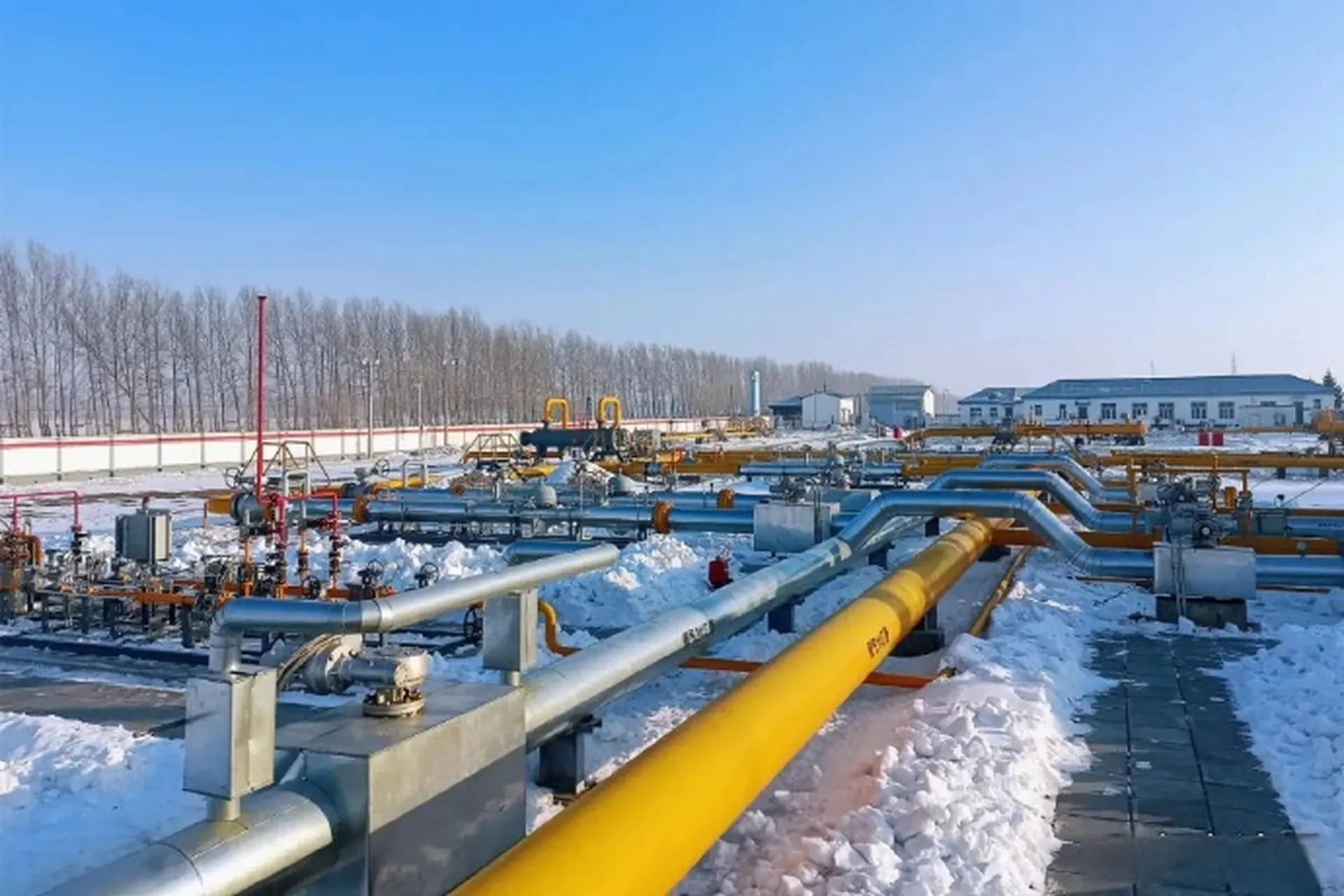¿Qué es la corrosión intergranular? ? Una amenaza insidiosa en tuberías de acero inoxidable y ajuste sistemas es la corrosión intergranular. Esta forma de corrosión localizada, que falla incluso en metales resistentes, puede dañar gravemente los equipos.
¿Qué es la corrosión intergranular? Una amenaza oculta
La corrosión intergranular es una corrosión selectiva que se produce a lo largo de los límites de grano de un metal. Un límite de grano es el lugar donde se unen los cristales individuales. El cuerpo del material no se ve afectado en gran medida, lo que dificulta su detección visual. Puede debilitar gravemente los componentes y, finalmente, conducir a un fracaso inesperado.
Por qué se produce la corrosión intergranular
Entender qué es la corrosión intergranular implica conocer sus causas. Está vinculada principalmente a cambios de material en los límites de grano, especialmente en el acero inoxidable.
Cuando el cromo forma carburos, consume las zonas cercanas. Estas zonas pierden el efecto protector del cromo y se reduce la resistencia a la corrosión.
Este proceso hace que el acero inoxidable sea susceptible. Se refiere al agotamiento del cromo en los límites del grano, que se produce durante la soldadura o la exposición prolongada a altas temperaturas, y puede formar puntos débiles para la corrosión.
Una vez sensibilizada, la zona de agotamiento se vuelve vulnerable. La exposición a entornos agresivos provoca una rápida corrosión, incluidas las soluciones ácidas o cloruradas. Los límites de grano se corroen preferentemente.
Los componentes sometidos a tensiones son más propensos a fallar. La corrosión intergranular da lugar al agrietamiento por corrosión bajo tensión intergranular, que combina la corrosión y el daño por tensión. Puede acelerar la degradación del material.
Factores que aumentan el riesgo
| Factor | Descripción | Impacto en el acero inoxidable |
|---|---|---|
| Tratamiento térmico | Calentamiento entre 450-850°C | Forma carburos de cromo |
| Soldadura | Enfriamiento lento en la zona de soldadura | Sensibiliza el material adyacente |
| Alto contenido en carbono | Más carbono disponible para los carburos | Más alto sensibilización riesgo |
| Medios corrosivos | Ácidos, cloruros, compuestos de azufre | Ataca zonas agotadas |
| Larga exposición | Tiempo prolongado a temperatura de sensibilización | Aumenta la formación de carburo |
Qué hacemos
Estrategias de prevención
| Estrategia | Descripción | Impacto en las tuberías |
|---|---|---|
| Grados bajos en carbono | Utilice 304L, 316L (L de baja emisión de carbono) | Minimiza la formación de carburo |
| Grados estabilizados | Utilice 321, 347, 316Ti (con Ti o Nb) | Ti/Nb combinados con carbono |
| Recocido de soluciones | Calentar a 1050 °C y enfriar rápidamente | Redisuelve los carburos, restaura el Cr |
| Prácticas correctas de soldadura | Control de la entrada de calor, enfriamiento rápido | Reduce la zona de sensibilización |
| Evitar temperaturas que sensibilicen | Tiempo límite en 450-850 °C gama | Evita la formación de carburo |
| Selección de materiales | Elija el acero inoxidable adecuado | Se adapta al entorno, evita la CIG |
El impacto de la corrosión intergranular en sus activos
El material se vuelve quebradizo y se rompe fácilmente bajo tensión. Esto puede provocar un fallo catastrófico.
Las paredes corroídas de las tuberías pueden agrietarse, lo que provoca fugas de fluidos y la contaminación del flujo del proceso.
Las averías provocan tiempos de inactividad imprevistos, con la consiguiente pérdida de producción e importantes costes de reparación.
Las fugas de fluidos corrosivos pueden crear situaciones peligrosas, suponiendo un peligro para el personal y dañando los equipos circundantes.
Elección del acero inoxidable adecuado para sus aplicaciones
- Acero inoxidable 304L: Su bajo contenido en carbono evita la sensibilización durante la soldadura. Es el material más adecuado para tubos de acero inoxidable soldados de uso general.
- Acero inoxidable 316L: Bajo contenido en carbono. Molibdeno Mejora la resistencia a la corrosión. Excelente para soldar accesorios de acero inoxidable marino o químico.
- Acero inoxidable 321: El titanio es estable. Resiste la corrosión intergranular a altas temperaturas. Adecuado para sistemas de escape.
- Acero inoxidable 347: Niobio estabilizado. Similar al 321. Buen rendimiento en la gama de temperaturas sensibilizada.
- Acero 316Ti: 316 estabilizado con titanio. La mejor elección para aplicaciones de alta temperatura. Resiste la corrosión intergranular incluso después de la soldadura.
Garantizar la resistencia a la corrosión intergranular: Su lista de comprobación
Trabajar con fabricantes con un historial probado. Invierten en procesos avanzados y conocen a fondo la ciencia de los materiales. Este compromiso reduce al mínimo los defectos de producción.
ISO 9001:2015, una norma reconocida en todo el mundo, indica que el sistema de gestión de la calidad es sólido y garantiza un control coherente de la producción. Significa que el fabricante sigue procedimientos estrictos para cada tubo y accesorio de acero inoxidable.
Para aplicaciones relacionadas con la presión, el CE-PED deben cumplirse. Esta directiva exige estrictos controles de seguridad para garantizar que los materiales y los métodos de fabricación no fallen bajo presión.
Obtenga y revise siempre la solicitud Informes de ensayos de materiales. Estos documentos confirman la composición química, verifican las propiedades mecánicas y proporcionan una trazabilidad completa. De este modo se garantiza que reciba calidades de material exactas.
Para aplicaciones de soldadura, elija entre los grados 304L, 316L, 321 ó 347. Estas calidades evitan la sensibilización, el agotamiento del cromo en la zona de soldadura y la corrosión intergranular.
Contacto
- RM901 No.22 Tangjiaqiao Road Wenzhou China
- +86 577 8551 1171
- [email protected]
- https://www.kaysuns.com/



